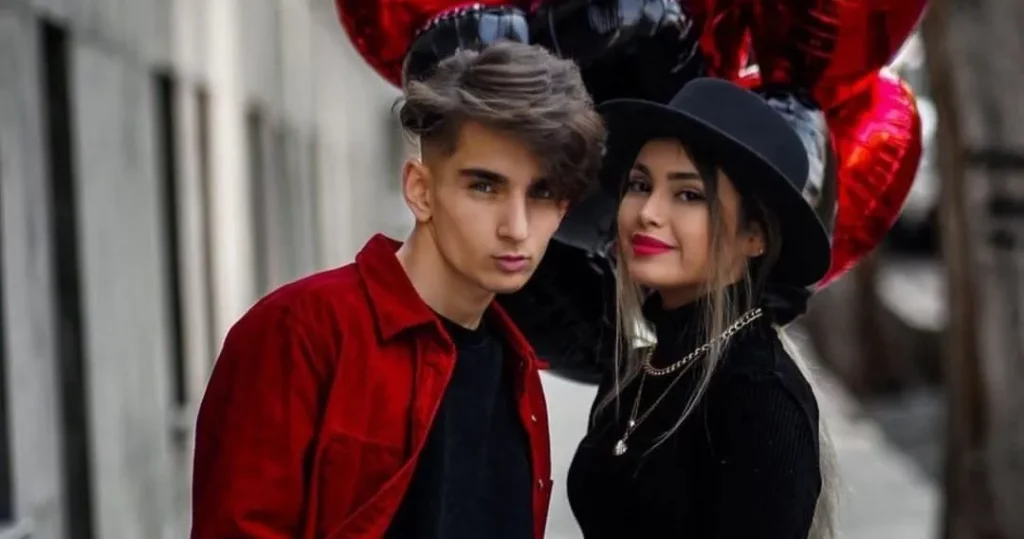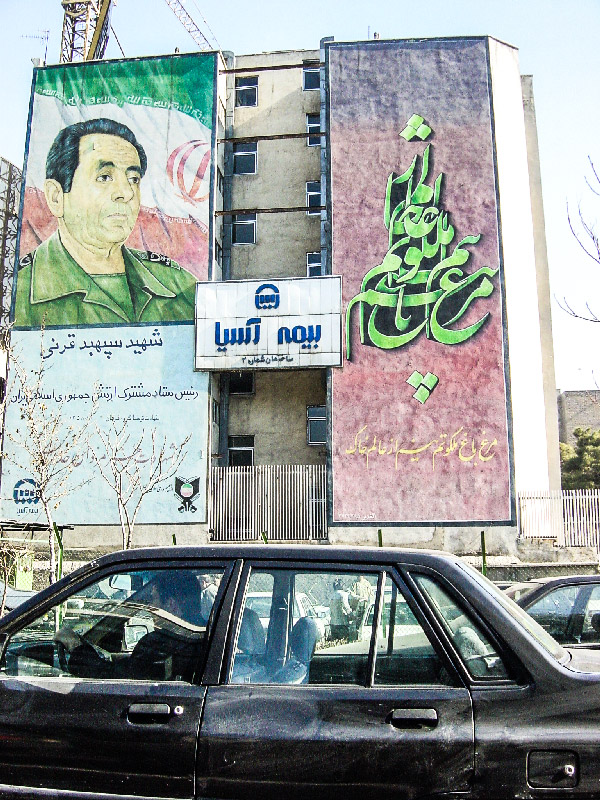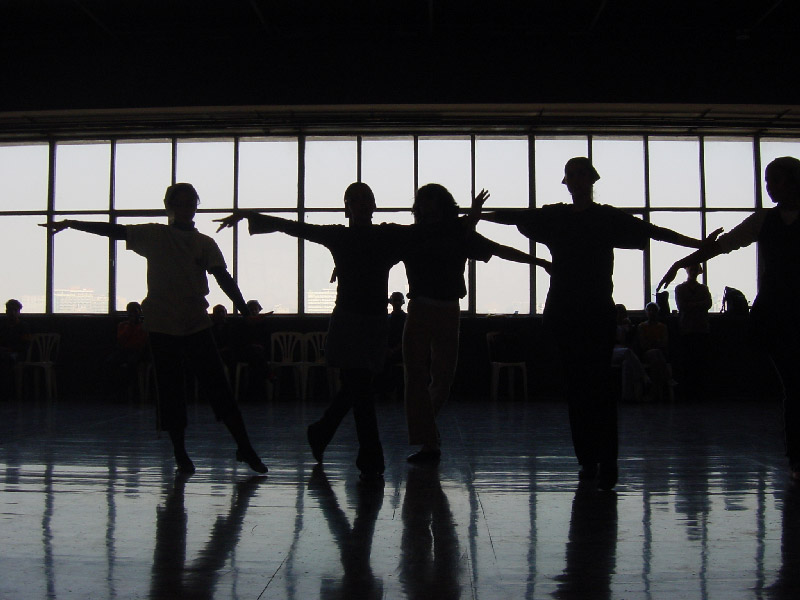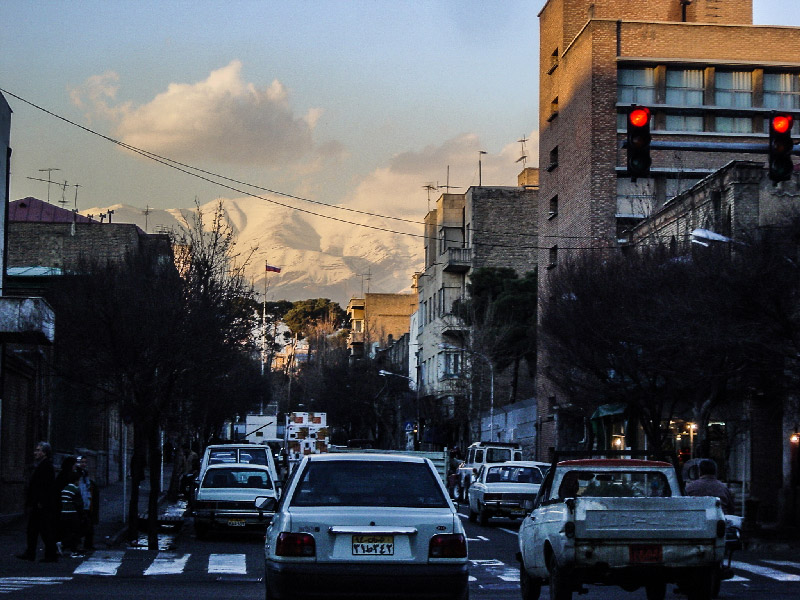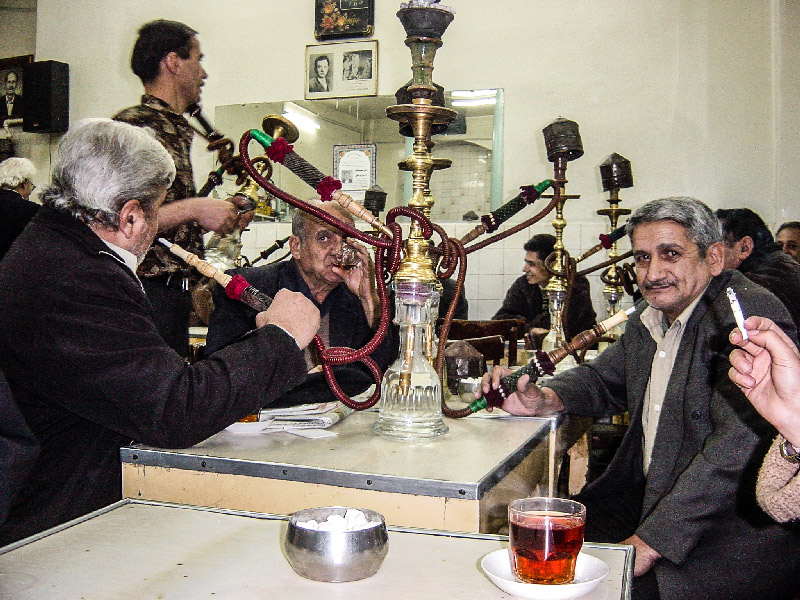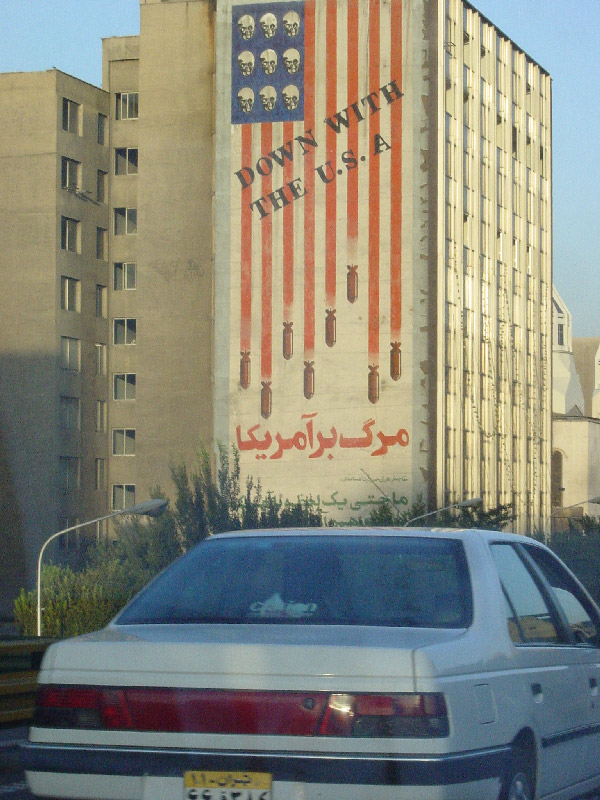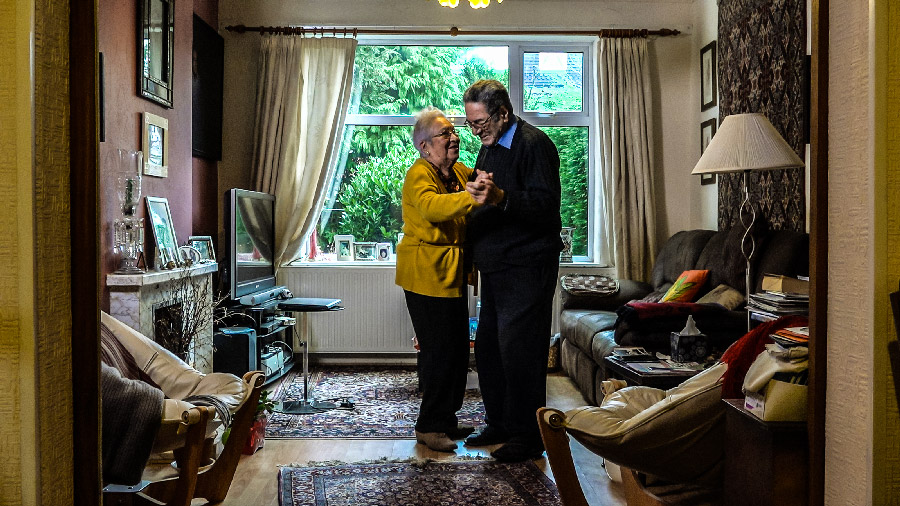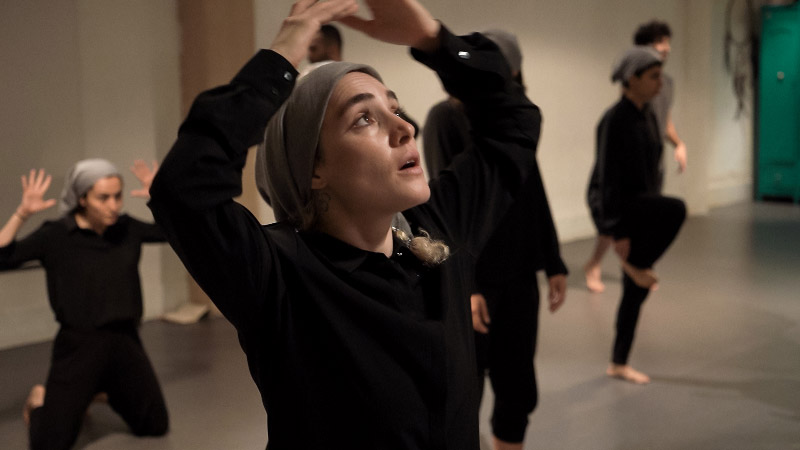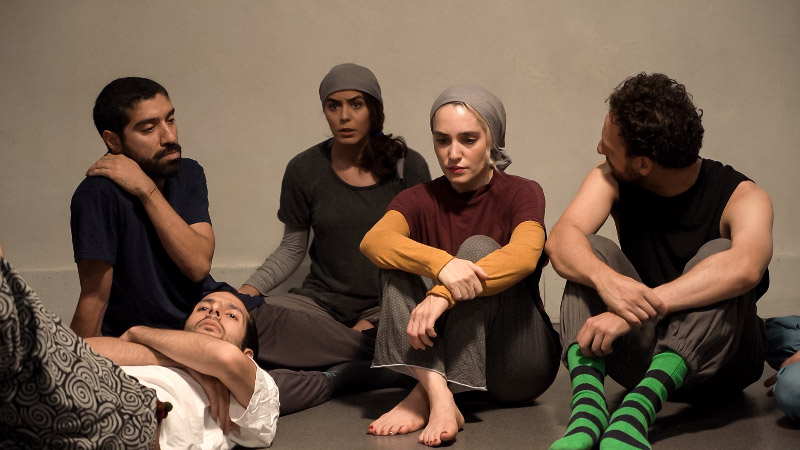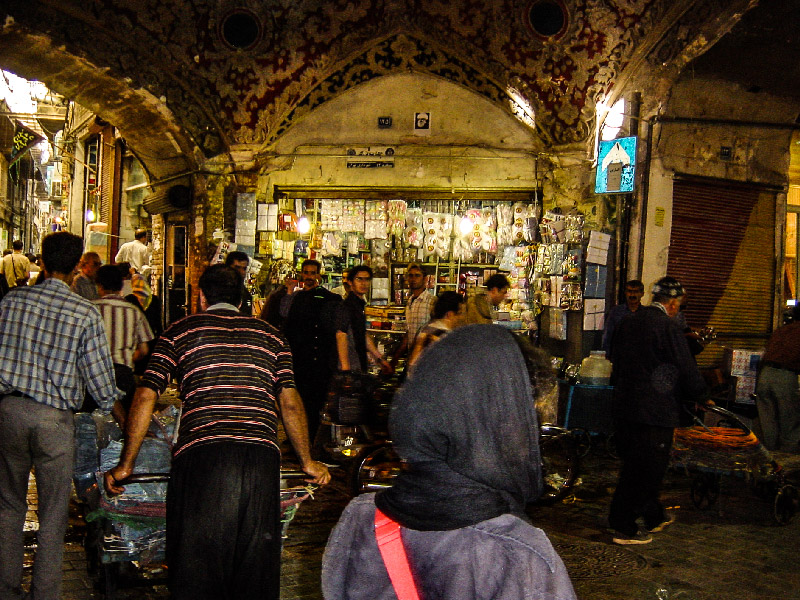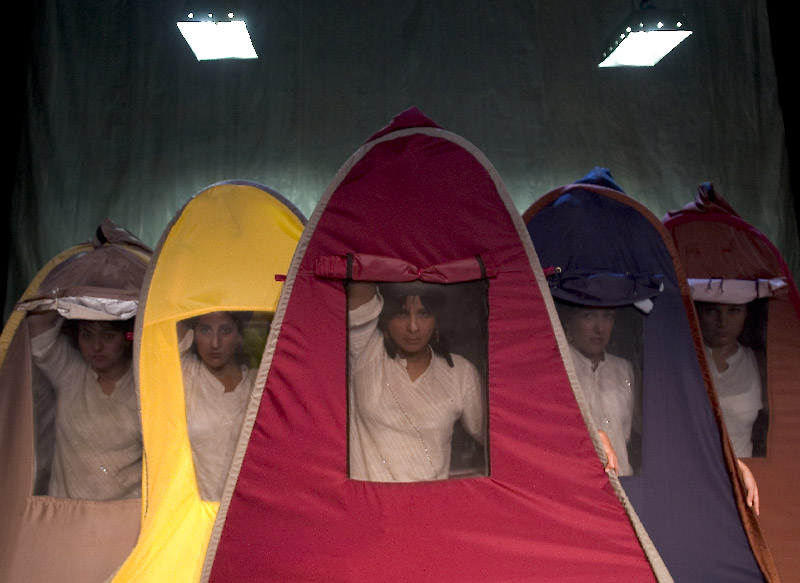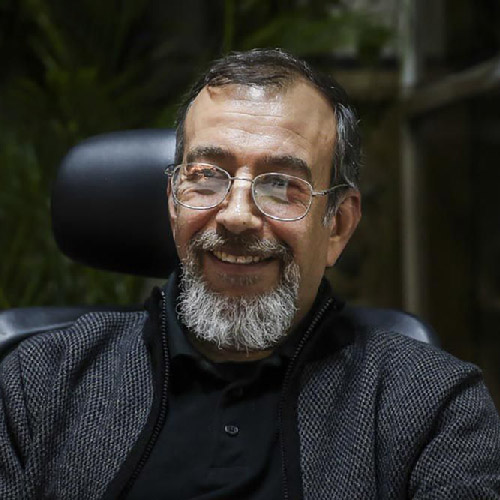Today, the middle class continues to shrink, and the lower class is impoverished. What began under Ahmadinejad’s government has been manifesting itself and intensifying from mid-2021 in the form of galloping inflation, ever-increasing prices, and growing poverty, as well as the explosive growth of the bourgeois upper class. While the purchasing power to satisfy even basic needs has dropped to one third for the majority, the internationally discussed death of the Iranian Kurdish Mahsa Amini (2000–2022) following her arrest by the police in September 2022 led to the suspension of all theater performances. Instead, in the wake of the Iranian women’s movement and its slogan “Women, Life, Freedom,” the streets have been transformed into a venue for protest performances. Now the streets are the theater. A policy that distorts Iranian culture beyond recognition and deliberately excludes artists was bound to lead to protests. Over a period of 13 years, from 2009 to 2022, and with increasing pressure, theater has been forbidden to speak out about any of the problems or issues plaguing Iranian society.
The closure of the theater is consistently the result of state censorship, including incompetent, fearful or ignorant cultural officials with dubious tastes. We live in an unstable, narrow, and highly fragile cultural environment where the role of artistry in Iranian society has been denounced, fomenting fears and doubts about the necessity and the how and why of theater. The Iranian women’s protest made this visible and perceptible after the professional ban on female choreographers and dance artists in February 2022: The problem is not the text. The problem is the body.
The demand for freedom of the body in the protest performances of this generation of Iranian men and women contains a clear message for the future: The demand for a true image of Iranian women and men – also, and especially, on stage. Surrounded by taboos and prohibitions, it has hardly been possible for the audience born between 1990 and 2000 to even attend a stage performance. For this generation, there was no amateur theater, no possibility of freedom, no support, and neither cultural mediators nor the heads of cultural institutions – even experts in Iranian theater – seem to have been aware of this issue or to have felt responsible for it.
And once again during these protests, the mob on the side of the government and alongside the police raged against the protesters, aggressively and without accountability, as they did a hundred years ago in the time of the despotic shahs. Before their eyes, citizens are taking over the streets with slogans and activist performances that would not be tolerated on any stage. They are bringing politics directly to the street, as the only arena where people can perform as people. For theater in particular, this comes as a shock. Never again, after these events, will it be possible to ask audiences to watch censored plays and bodies in a theater. Theaters will be forced to reinvent their attitude towards society and their form and manner of performance.
It is a sign of an end and a beginning. Those who today call freedom and the protests by women and youth in Iran chaos, knowingly or unknowingly return to a misunderstanding of the role of theater from 117 years ago. But there are rumors: The relationship between the audience and theater will change; new spaces will open up for human bodies, political bodies, social bodies, natural bodies, urban bodies, moral bodies, thinking bodies, poetic bodies, technological bodies, silent bodies, speaking bodies… for a free cultural body that is responsible for itself.
